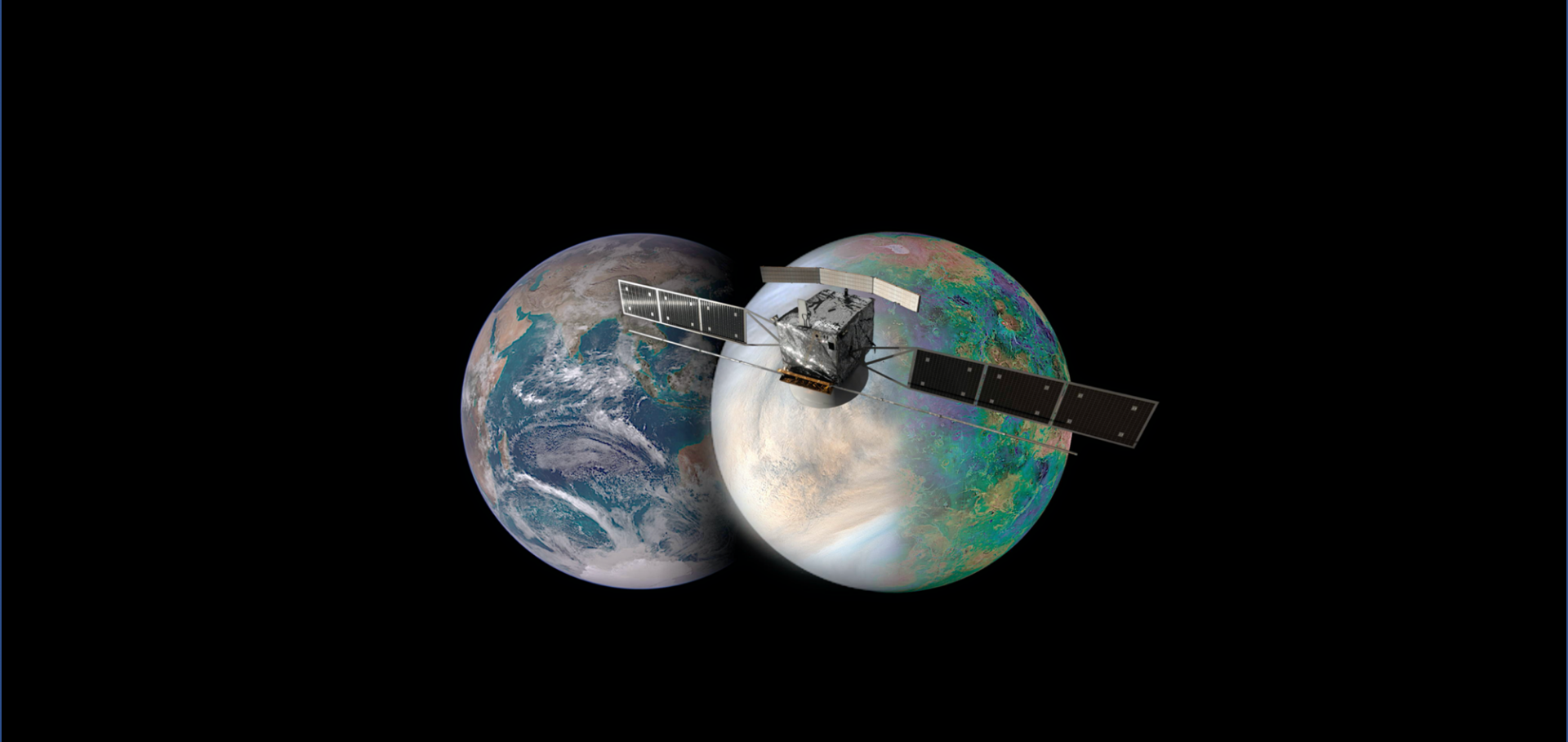Investigations of the Mars Upper Atmosphere with ExoMars Trace Gas Orbiter
SPACE SCIENCE REVIEWS 214:1 (2018) UNSP 29
The Atmospheric Chemistry Suite (ACS) of Three Spectrometers for the ExoMars 2016 Trace Gas Orbiter
SPACE SCIENCE REVIEWS 214:1 (2018) UNSP 7
Sulfur dioxide in the Venus Atmosphere: II. Spatial and temporal variability
ICARUS 295 (2017) 1-15
Sulfur dioxide in the Venus atmosphere: I. Vertical distribution and variability
ICARUS 295 (2017) 16-33
Venus long-life surface package (VL2SP)
Proceedings of the International Astronautical Congress, IAC 5 (2017) 3035-3043


